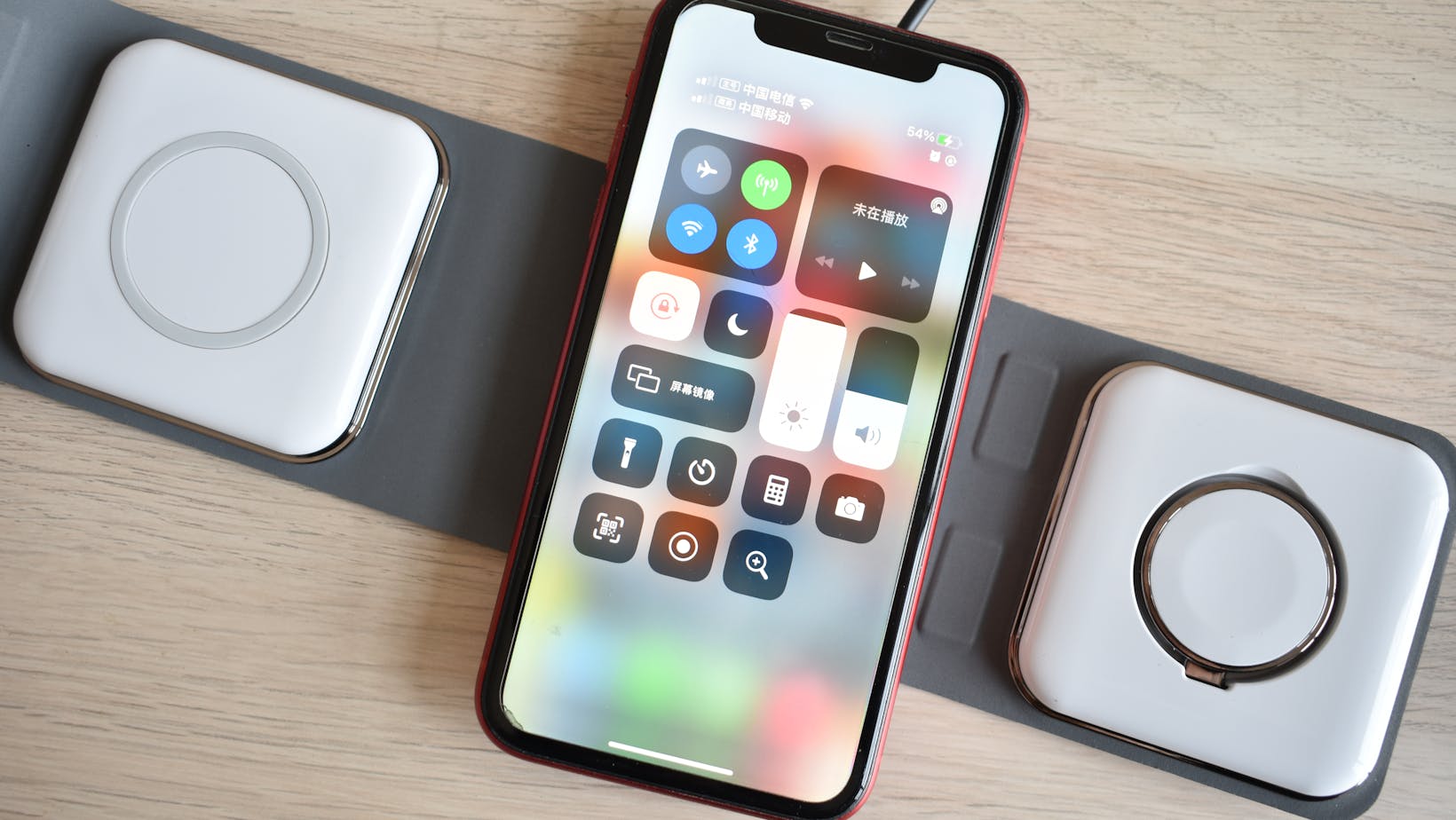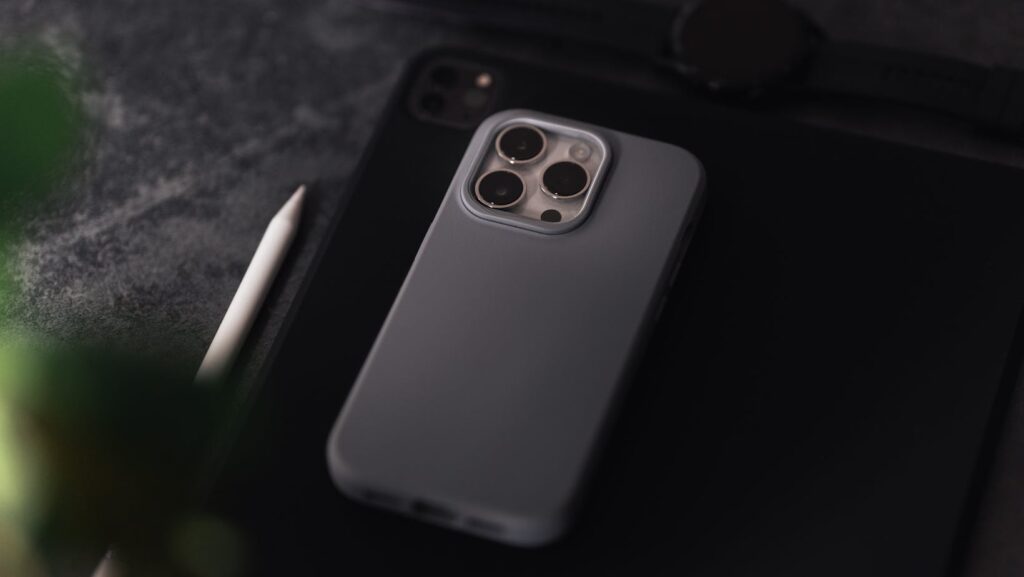Imagine you’re using your phone with a thick, rugged case on a scorching summer day. You might have noticed that your device feels warmer than usual. But does the phone case actually make your phone hot, or is it just your imagination? Well, the choice of case material, such as those offered by Pitaka cases, can play a significant role in regulating device temperature.
Understanding the relationship between phone cases and device temperature involves a combination of factors that go beyond mere speculation. Stay tuned to uncover the truth behind this common tech dilemma.
Key Takeaways:
- Phone cases with thicker designs can trap heat, potentially making the phone warmer.
- Proper airflow through cutouts or vents, in some cases, aids in heat dissipation.
- Materials like silicone help dissipate heat, while metal cases conduct and retain heat.
- Dark-colored cases absorb heat, while cases with good thermal conductivity spread heat effectively.
Understanding Phone Case Materials
If you’re concerned about whether your phone case affects the temperature of your device, understanding the materials it’s made of can provide valuable insight.
Phone cases come in various materials, each with its own thermal properties. For instance, silicone cases are known for their heat resistance, which helps in dissipating heat from your phone. On the other hand, metal cases may conduct heat more effectively, potentially leading to a warmer device.
Plastic cases, commonly used for their durability and flexibility, are generally lightweight and don’t retain heat as much as metal cases. However, some plastic materials may insulate heat, causing your phone to retain warmth. Leather cases, while stylish and sleek, can also impact temperature due to their insulating properties.
When choosing a phone case, consider the material based on your preferences and needs. If heat dissipation is a concern for you, opting for materials like silicone or plastic could help maintain your device’s temperature. Understanding the thermal characteristics of different phone case materials can assist you in making an informed decision to keep your phone at an optimal temperature.
Impact of Phone Case Design
Considering the design of your phone case plays a significant role in how it impacts the temperature of your device. The design elements such as thickness, material, and overall structure can affect how much heat is retained or dissipated from your phone. For example, thicker cases tend to trap more heat close to the phone, potentially causing it to become warmer during extended use or charging. On the other hand, cases with ventilation holes or raised patterns on the back can help facilitate better airflow, aiding in heat dissipation.

Moreover, the color of your phone case can also impact its temperature. Dark-colored cases tend to absorb more heat from the surroundings, potentially making your phone warmer compared to lighter-colored cases that reflect more heat. Additionally, certain designs that cover a larger surface area of the phone or have built-in insulation may contribute to more heat retention.
When selecting a phone case, consider not only its aesthetics but also how its design may affect the temperature of your device to ensure optimal performance and longevity.
Airflow and Heat Dissipation
The airflow around your phone, influenced by the design of your case, plays a crucial role in how heat is dissipated from the device. When your phone is in a case that restricts airflow, heat can get trapped, leading to potential overheating issues.
To ensure proper heat dissipation, here are some factors to consider:
- Case Design: Opt for a case with strategic cutouts or vents that allow air to flow around your phone.
- Material Choice: Select a case made from materials that don’t block heat transfer, such as mesh or perforated designs.
- Thickness: Thicker cases may impede airflow more than thinner ones, affecting heat dissipation.
- Usage Patterns: Take note of how you use your phone – activities that generate more heat may require a case with better airflow properties.
Thermal Conductivity of Phone Cases
Choosing a phone case with high thermal conductivity can help in efficiently dissipating heat generated by your device. Thermal conductivity refers to how well a material can transfer heat. Phone cases made of materials like aluminum, graphite, or certain polymers can aid in heat dissipation by quickly conducting heat away from your phone’s components.
When your phone is in use, especially during demanding tasks like gaming or video streaming, it generates heat. If this heat isn’t properly dissipated, it can lead to your phone overheating. A phone case with good thermal conductivity can act as a heat sink, drawing the heat away from the internal components and spreading it across the case’s surface, allowing it to dissipate more effectively.
Tips to Prevent Phone Overheating
To prevent your phone from overheating, ensure proper ventilation and avoid using it in direct sunlight for extended periods. Here are some additional tips to help you keep your phone cool:
- Remove Phone Case: Phone cases can trap heat, so consider taking them off when your phone feels warm.
- Close Unused Apps: Running multiple apps can heat up your phone, so close any apps you’re not using.
- Turn on Airplane Mode: When you’re in an area with poor reception, your phone works harder to connect, leading to overheating.
- Limit Gaming and Streaming: Intensive tasks like gaming or streaming videos can strain your phone’s processor, causing it to heat up. Try to limit these activities to prevent overheating.
Can using a phone case Waive the phone’s warranty?
Using a phone case should not void the phone’s warranty unless it causes damage or interferes with the device’s functionality. It’s advisable to check your warranty terms for specific guidelines on the use of accessories.
Are Certain Phone Case Materials More Prone to Heat Retention Than Others?
Certain phone case materials like rubber or thick plastic can trap heat and make your phone hotter.

Opt for breathable materials like silicone or fabric to prevent overheating issues and maintain your device’s optimal temperature.
Can a Phone Case Affect the Phone’s Battery Life?
A phone case can impact your battery life. Thick cases might make your phone hot, decreasing battery efficiency. Opt for slim, breathable options to keep your device cool and extend battery longevity.
Is It Safe to Use a Phone Case While Wirelessly Charging the Phone?
When wirelessly charging your phone, it’s generally safe to use a phone case as long as it’s not too thick or made of materials that could interfere with the charging process. Just ensure compatibility for optimal charging.
Do Phone Cases With Built-In Stands or Pop Sockets Contribute to Overheating?
Having a phone case with built-in stands or pop sockets can sometimes lead to overheating, as they can obstruct proper airflow. It’s important to monitor your device’s temperature and remove the case if it feels hot to the touch.


More Stories
Exploring the Ideal Pack Headliners in MLB The Show
Understanding The Benefits of Cloud Faxes in Modern Workplaces
5 Reasons Many People Prefer Online Poker Versus In-Person Poker